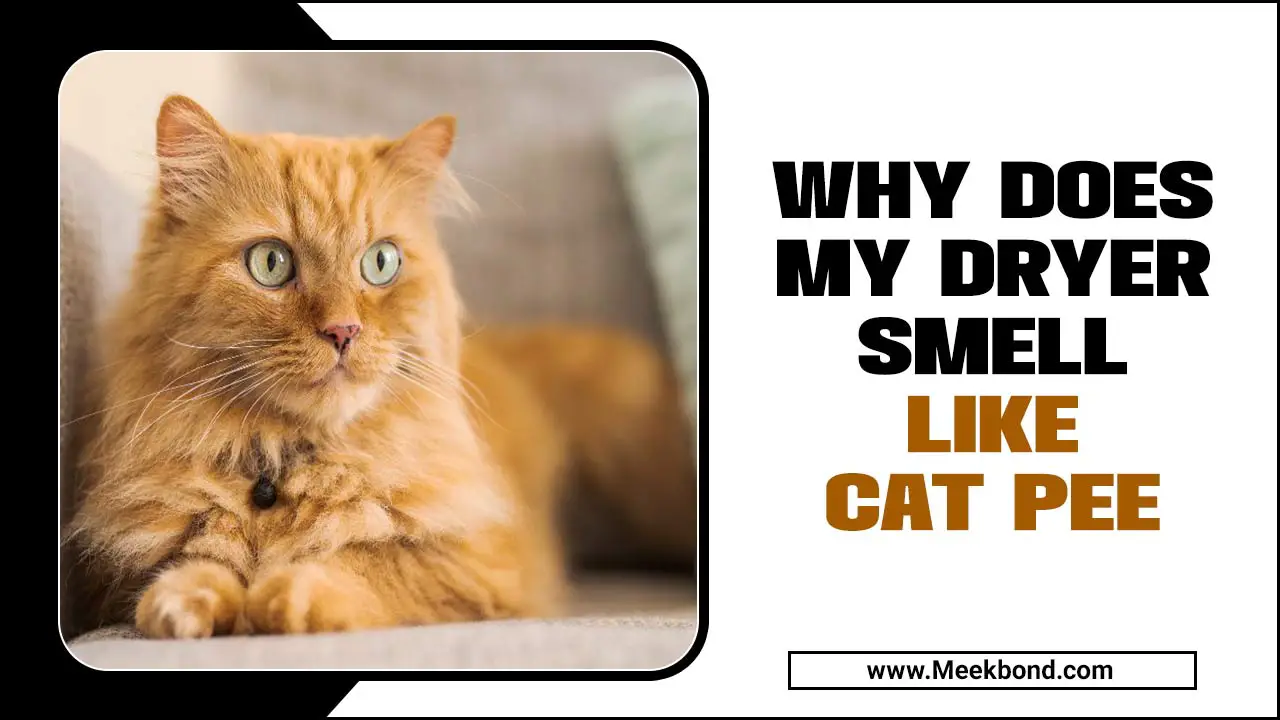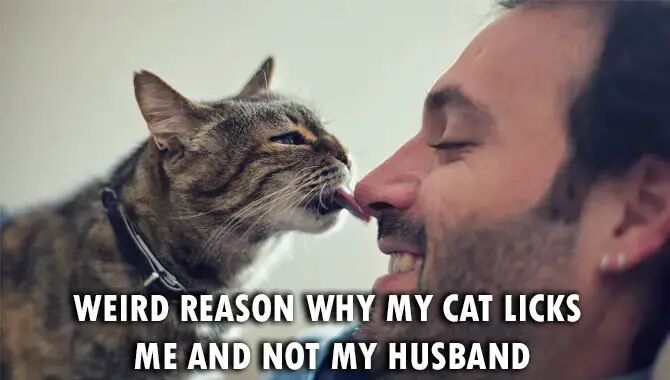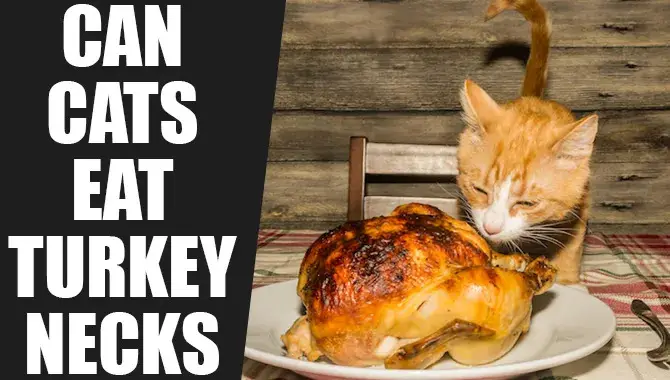A broken palate refers to a condition where a cat’s mouth roof is fractured or damaged. It can occur due to trauma, disease, or congenital malformation. Common symptoms include difficulty eating, drooling, and nasal discharge.
Treatment options may involve surgery, antibiotics, and pain management. We will discuss the common causes and symptoms of a broken palate in cats. We have also compiled a list of 5 steps to treat a broken palate in your cat, with veterinary assistance being the first step, followed by pain relief, surgical intervention, and post-operative care. We will cover how veterinarians diagnose this condition through examination and tests.
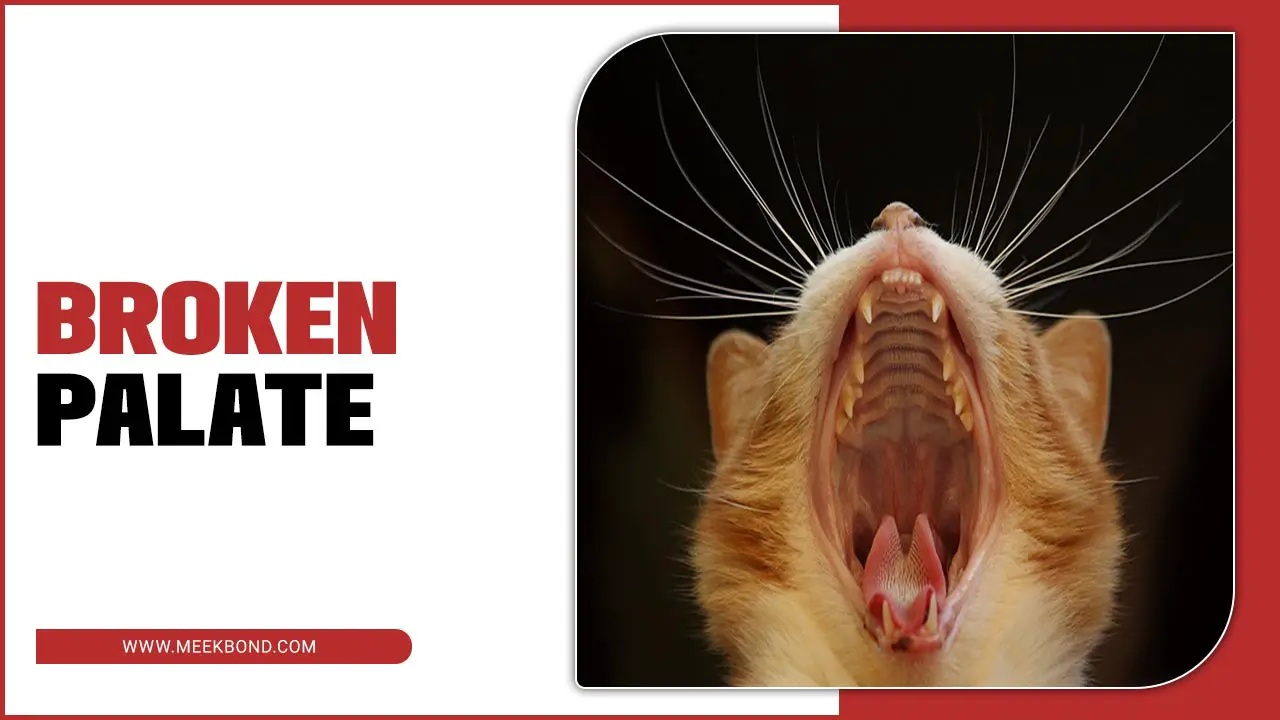
Common Causes Of Broken Palate In Cats
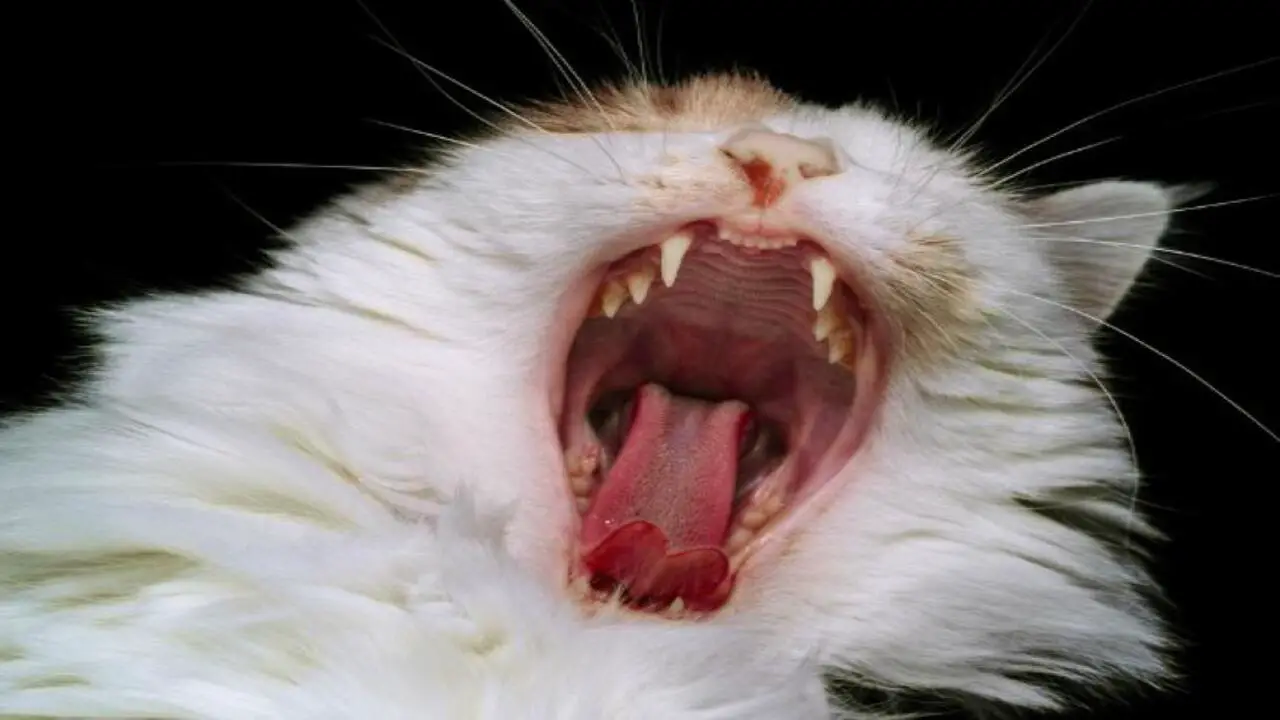
A broken cat’s palate can cause accidents, traumas, and oral diseases and conditions. It is important for cat owners to understand these causes to treat and prevent this condition effectively. Addressing the factors that lead to a broken palate can help ensure feline companions’ overall health and well-being.
Early detection and treatment of any oral disease or condition can also help prevent a broken palate from occurring. Additionally, providing a safe environment for cats and keeping them away from potential hazards can greatly reduce the risk of accidents or traumas that could result in a broken palate. Regular visits to the veterinarian for dental check-ups can also help identify any potential issues before they become more serious.
Accidents And Traumas
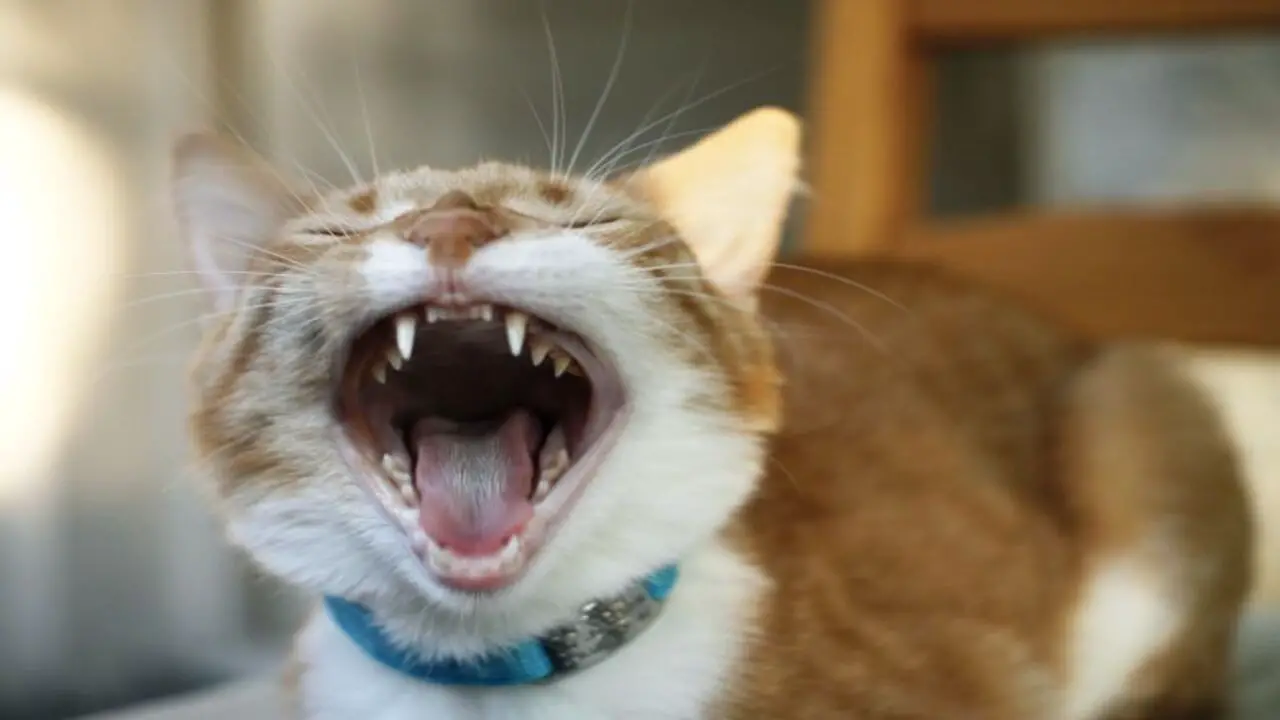
Fractured palates in cats can occur due to accidents, such as falls, being hit by a vehicle, or fights with other animals. These traumas can cause severe damage to the palate and require immediate attention to prevent further complications.
Swift intervention is essential to ensure proper healing of the palate and avoid any long-term effects on the cat’s health. Treatment may involve surgical repair, pain management, and antibiotics to prevent infection. Monitoring the cat closely during recovery and providing adequate care to facilitate a speedy recovery is vital.
Oral Diseases And Conditions
A cat’s palate can weaken due to periodontal disease, oral cancer, infections, abscesses, or tumours. These issues can lead to a broken palate and cause discomfort and pain in your feline friend. Regular dental check-ups are crucial for identifying and preventing any underlying problems from worsening.
As a responsible pet owner, it is important to prioritize your cat’s oral health and schedule regular visits with your veterinarian to ensure their well-being. Early detection of dental issues can help prevent serious complications and keep your cat healthy and happy.
Symptoms Of A Broken Palate
The symptoms of a broken palate in cats can include difficulty in eating or swallowing, sneezing, coughing, and nasal discharge. Cats may also exhibit behavioural changes such as decreased appetite and irritability. If you suspect your cat has a broken palate, seeking veterinary assistance promptly for proper diagnosis and treatment is essential.
A veterinarian may perform a physical examination, imaging tests, or other diagnostic procedures to determine the extent of the injury and develop an appropriate treatment plan. Surgery may sometimes be necessary to repair the broken palate and alleviate the associated symptoms.
5 Steps On How To Treat Broken Palate In Your Cat
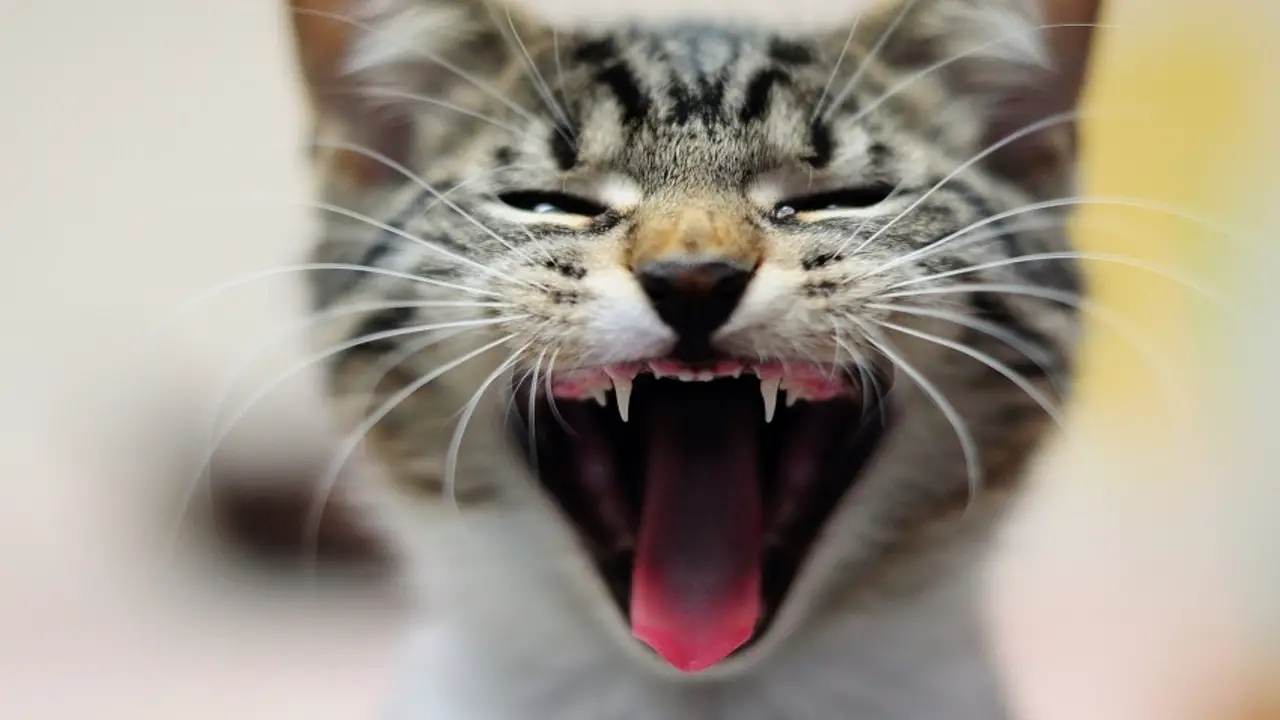
If your pet has a broken palate, it is imperative to seek veterinary assistance immediately. A proper diagnosis and treatment plan are vital for ensuring a successful recovery. Following the recommended treatment plan and providing pain relief medications as prescribed is essential.
Surgical intervention may sometimes be necessary to repair the broken palate. Regular follow-up appointments with your veterinarian are crucial for monitoring the healing process and making necessary adjustments to the treatment plan. By following these steps, you can ensure that your pet receives the best possible care and has a speedy recovery.
1. Seek Veterinary Assistance
If you have reason to believe that your cat has a broken palate, it is crucial to seek veterinary care as soon as possible. Consulting with a veterinarian can help you receive proper treatment and care for your feline friend, preventing further complications and promoting quicker healing. Seeking early professional guidance and expertise is essential in ensuring the well-being of your cat.
A broken palate can be painful for your cat and may lead to difficulty eating or drinking, so it is important to address the issue promptly. Your veterinarian may recommend a combination of pain management, antibiotics, and possibly even surgery, depending on the severity of the injury.
2. Restrict Food And Water
To ensure optimal healing and prevent further injury, it is important to restrict the cat’s food and water intake before and after surgery. Withhold food and water for a specified period before the procedure, gradually reintroducing small amounts afterwards. Offering soft, easily digestible foods can help prevent additional damage. Monitor the cat’s eating and drinking habits closely and consult the veterinarian for guidance on when to resume a normal diet.
3. Provide Pain Relief
Following the veterinarian’s instructions is essential when managing pain in cats with a broken palate. Administering pain relief medications per the prescribed dosage and frequency can help keep your feline friend comfortable during their recovery. Your veterinarian’s guidance is critical in ensuring your cat receives the necessary pain relief medication for a quick and successful recovery.
It is also important to closely monitor your cat for any signs of discomfort or adverse reactions to the medication and report them promptly to your vet. Providing adequate pain management can help your cat heal faster and prevent further complications.
4. Surgical Intervention
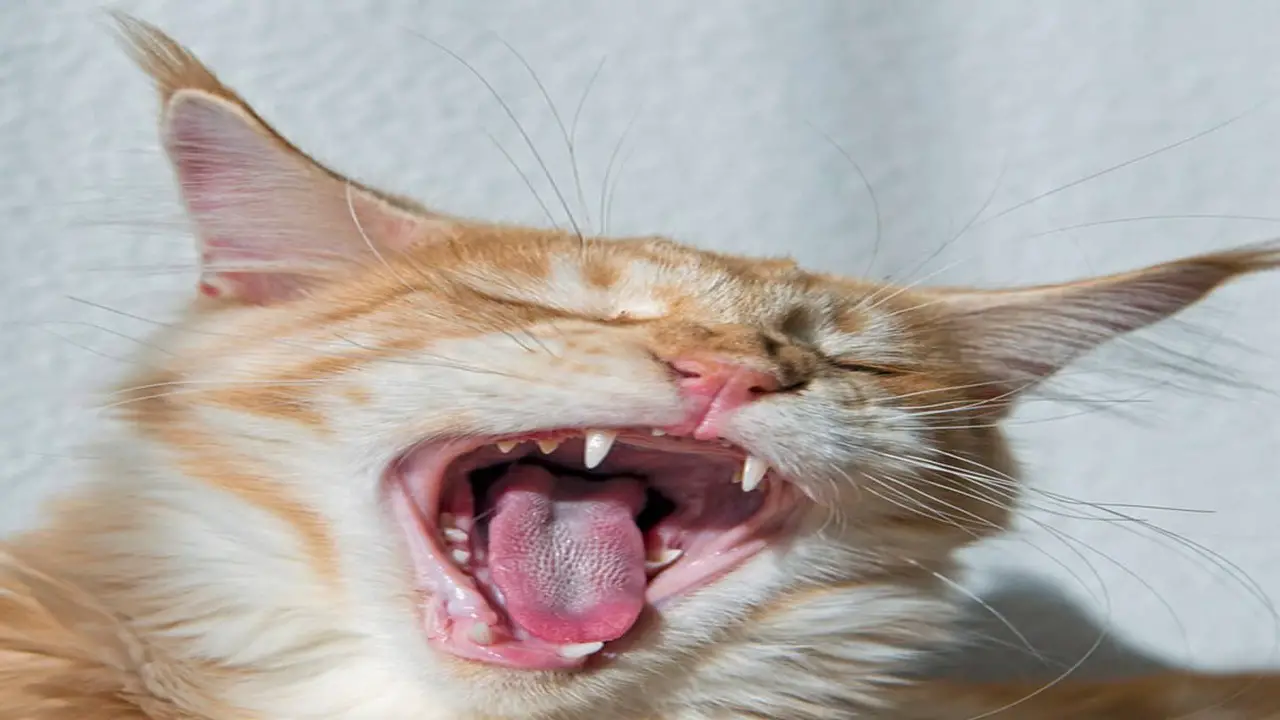
While repairing a broken palate can often be done through non-surgical means, there are situations where surgery may be necessary to restore the palate’s function and structure. Consulting with an experienced veterinary surgeon skilled in palate repair is crucial for achieving optimal results. The surgical approach will depend on the severity and location of the break, as well as other factors like the animal’s overall health and age.
Some common surgical techniques for repairing a broken palate include suturing the fracture, using bone grafts or synthetic materials to rebuild the damaged area, or even removing a portion of the palate in severe cases. Most animals can recover fully from a broken palate and resume normal activities with proper care and attention after surgery.
5. Post-Operative Care
After undergoing surgical intervention to repair a broken palate, following the doctor’s instructions for pain management is essential. Additionally, it is important to monitor the cat for any symptoms of infection or complications and create a comfortable and peaceful environment for recovery.
To prevent dehydration, provide soft foods and plenty of fluids. During the healing process, limit physical activity and keep the cat calm. It is crucial to follow these guidelines diligently to ensure proper healing and minimize the risk of any post-surgical complications.
How Is A Broken Palate Diagnosed?
Diagnosing a broken palate in cats requires a thorough veterinary examination and specific tests. Among the most helpful diagnostic tools is an X-ray, which can provide detailed images of the palate to ensure accurate diagnosis. Early detection and diagnosis are critical for successful treatment outcomes.
A broken palate can lead to severe complications such as difficulty eating and breathing and even chronic sinus infections if left untreated. Therefore, seeking veterinary attention immediately is essential if you suspect your cat has a broken palate. The veterinarian may recommend surgery or other treatments depending on the severity of the injury.
Veterinary Examination And Tests
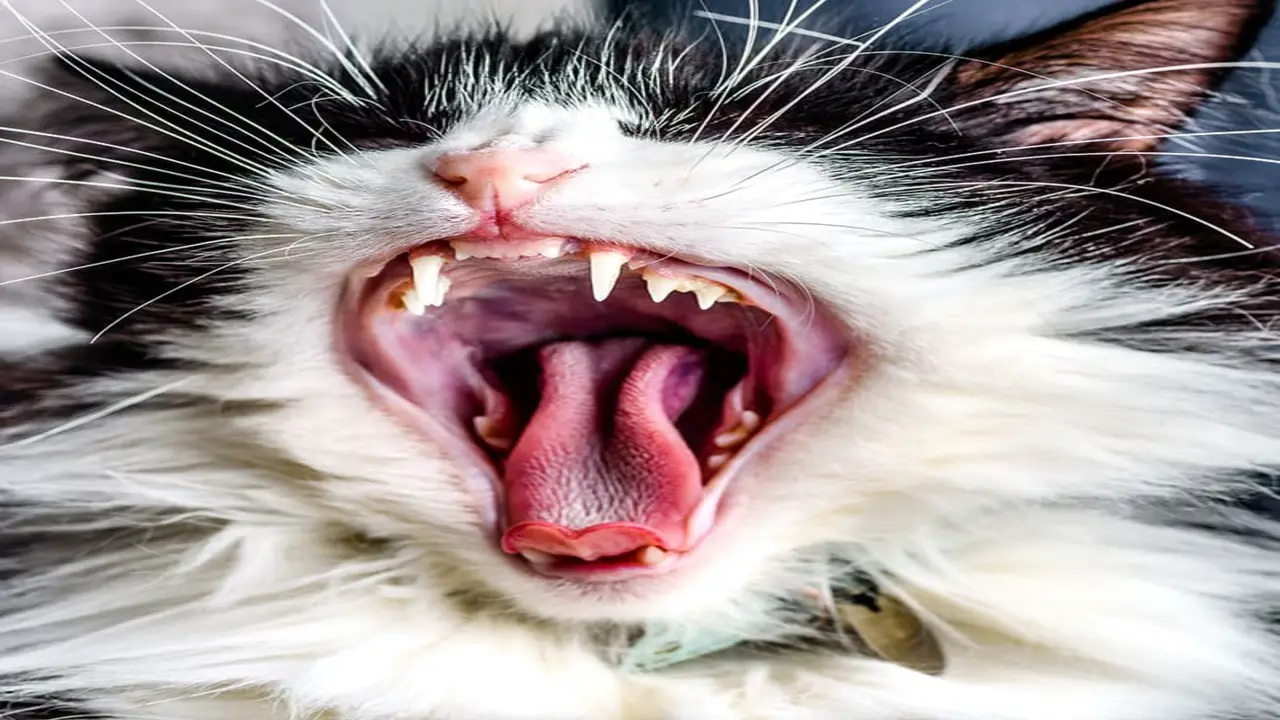
When it comes to assessing the condition of a cat’s palate, a veterinarian will perform a detailed physical examination. However, in some cases, further tests such as biopsies or blood work may be necessary to arrive at an accurate diagnosis. It is essential to seek professional veterinary assistance to administer proper diagnosis and treatment. Early detection and prompt treatment can prevent serious health issues and ensure your cat’s overall well-being.
Conclusion
A cat’s broken palate can result from accidents, traumas, or underlying oral diseases and conditions. It is essential to recognize the symptoms, such as difficulty eating, excessive drooling, and nasal discharge, and seek veterinary assistance promptly. Treatment options may include restricting food and water intake, pain relief, surgical intervention, and post-operative care.
It’s crucial to follow your veterinarian’s guidance and ensure your cat’s comfort and recovery. Remember, early diagnosis and proper treatment can significantly improve your cat’s quality of life. If you notice any signs of a broken palate in your furry friend, schedule a veterinary examination and necessary tests to confirm the diagnosis and initiate appropriate treatment.
Frequently Asked Questions
1.What Is A Broken Palate, And What Causes It?
Ans: A broken palate in cats refers to a condition where the roof of their mouth is fractured or damaged. This can cause by trauma, foreign objects, or underlying health conditions. Symptoms may include difficulty eating, excessive drooling, and nasal discharge. Treatment options vary depending on the severity of the injury, ranging from medication to surgery.
2.What Are The Symptoms Of A Broken Palate?
Ans: Symptoms of a broken palate in cats may include difficulty eating, drooling, and nasal discharge. Cats with a broken palate may also cough or gag while eating or drinking. Other signs of a broken palate include bad breath and weight loss. If you suspect your cat has a broken palate, take them to the vet for an examination and treatment options.
3.How Is A Broken Palate Diagnosed?
Ans: A broken palate in cats is usually diagnosed through a physical examination by a veterinarian. X-rays may be taken to assess the extent of the injury. Common symptoms include difficulty eating or drinking, coughing, and nasal discharge. Treatment options may involve surgery or supportive care like feeding soft food and keeping the cat calm.
4.What Are The Treatment Options For A Broken Palate?
Ans: Treatment options for a broken cat palate vary depending on the severity of the fracture. Mild cases may heal with pain management and a soft food diet, while severe cases may require surgical repair or removal of the damaged portion of the palate. Follow-up care is crucial for proper healing.
5.Are There Any Complications That Can Arise From A Broken Palate?
Ans: Complications can arise from a broken palate in cats. These may include difficulty eating and drinking, respiratory issues, and the risk of infections. Treatment options can involve surgery or medication to manage symptoms. If you suspect your cat has a broken palate, seeking veterinary care for proper diagnosis and treatment is important.

Aquarium passion is all about connecting with the aquatic life and providing education to the public on the importance of these creatures. We showcase a wide variety of marine life through our exhibits as well as working with schools to provide unique learning opportunities for students of all ages.


